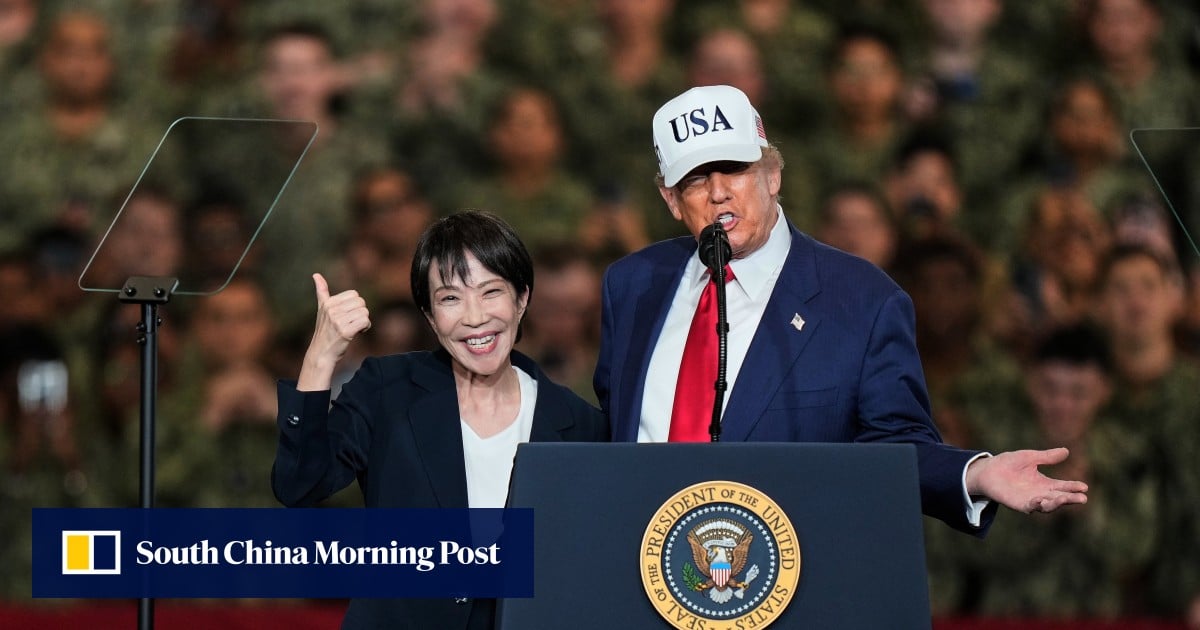Trump, Japan PM Takaichi Discuss Cooperation After Xi Call; China Launches Spacecraft, Media Urged Restraint on Japan Criticism
 China
Geopolitics
China
Geopolitics

US President Trump called Japan's PM Takaichi after speaking with China's Xi. China launched a replacement spacecraft for its Tiangong station, while a former e
Global Diplomacy and China's Advances: A Daily Roundup
Today's geopolitical landscape saw significant diplomatic exchanges and notable technological strides, primarily centered around China. From crucial phone calls between world leaders to advancements in space exploration and discussions on media ethics, the day offered a glimpse into shifting international dynamics.
Diplomatic Maneuvers: US, Japan, and China
In a swift succession of high-level communications, US President Donald Trump engaged in a telephone conversation with Japanese Prime Minister Sanae Takaichi. This call, which saw PM Takaichi affirm the strong cooperation between Tokyo and Washington, occurred mere hours after President Trump concluded an overnight discussion with his Chinese counterpart, President Xi Jinping. This sequence highlights the intricate balance of alliances and relationships in the East Asian region, with the US maintaining close ties with Japan while also engaging directly with China.
China's Space Endeavor: A Replacement Mission
Further demonstrating its growing prowess in space technology, China successfully launched the uncrewed Shenzhou-22 spacecraft. This mission is crucial as it serves as a replacement return vessel for the Tiangong space station. Carrying approximately 600kg (1,320 pounds) of vital supplies, including food and equipment, the Shenzhou-22 lifted off shortly after noon on Tuesday. The spacecraft is designed to autonomously dock with the Tiangong station, ensuring the continued operational capability and resupply of China's orbiting laboratory.
A Call for Media Restraint on Japan
In an intriguing development concerning public discourse and international relations, Hu Xijin, a former editor of a prominent Chinese nationalist newspaper, advocated for moderation in official media's portrayal of Japan. Hu urged state-controlled outlets to manage public expectations judiciously and to avoid employing "harsh language that does not reflect the actual situation" when critiquing Japan. This advice suggests an internal push for more nuanced communication, potentially aimed at de-escalating tensions or fostering a more considered approach to foreign relations.
These events collectively underscore a day of dynamic international engagement, technological progress, and a critical examination of nationalistic rhetoric, all with China at the nexus.